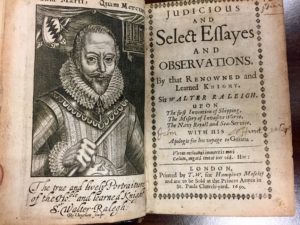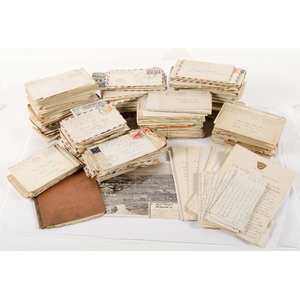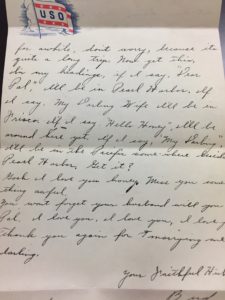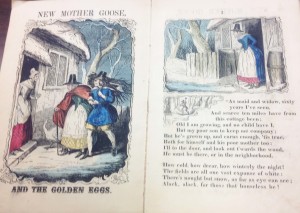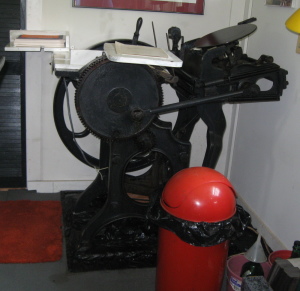(Note: This post was authored by Mikaela Roach, Graduate Student Intern from Simmons College who processed the collection as part of her coursework.)
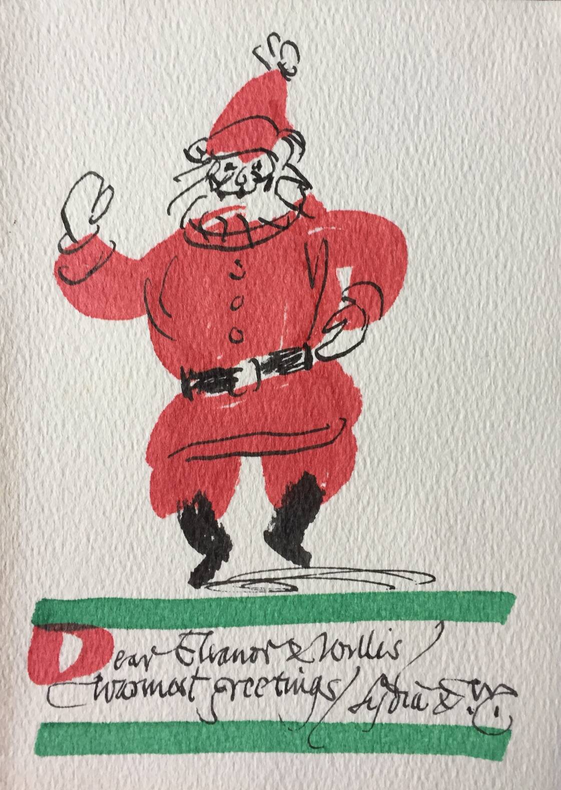
The Willis A. Shell Collection holds booklets, pamphlets, print proofs and other items relating to the illustrator and printer, Willis A. Shell. Willis Andrew Shell, Junior was born in Lenoror, North Carolina on 1 Jun 1905 to Willis Andrew Shell and Bertha Weathersbee Shell, who was a noted Tidewater artist from Norfolk, VA. He was a student at the University of Richmond, graduating in 1928. In 1938, Willis A. Shell married Eleanor Roberts, with whom he would start the Attic Press from their home on W. Franklin St. in Richmond, VA. While it is unclear how he managed to get his 2000-pound press, a Christmas present from his wife, into the attic of his home, it stayed there until they moved to Hanover Ave in Richmond VA. Beside’s co-owning and operating the Attic Press with Eleanor, Willis A. Shell also worked at the William Byrd Press from 1933-1977. Willis and Eleanor worked together and separately on projects, with one of their first books being An Allegorical ABC Book About Father Junipero Serra. Willis printed the book, and Eleanor provided the illustrations for this book that received national attention due to its quality. A printing proof from this book is included in the collection.
Another interesting proof that is in this collection is a book created in nine days for Colonial Williamsburg. The quick timeline was to ensure that the Queen Mother, Elizabeth, would have an appropriate gift for her grandchildren, Prince Charles and Princess Ann. Due to the quality of his work, Willis A. Shell quickly became a respected printer and illustrator. In 1952 he produced three of the five entries from Richmond, VA for a 1952 Southeastern Library Association competition. These five entries were part of the total of 16 volumes designated as the best in Southern book production.
Due to his ties to the print and illustration community, the collection of Mr. Shell also holds a variety of materials created by friends, including Christmas cards from both David Clinger and Warren Chappell, both noted figures in their own fields and donors to the Galvin Rare Book Room collections. An article from May 2, 1941 further illustrates the company that Mr. and Mrs. Shell kept, as it talks about how Mrs. Shell was knocked down by a door that was either accidently or purposely pushed by Salvador Dali. After a noted and remarkable life, Willis A. Shell, Jr. passed away on March 13, 1989. The collection was donated to the University of Richmond by family member Margaret Thomas, niece of Eleanor Thomas Shell.

